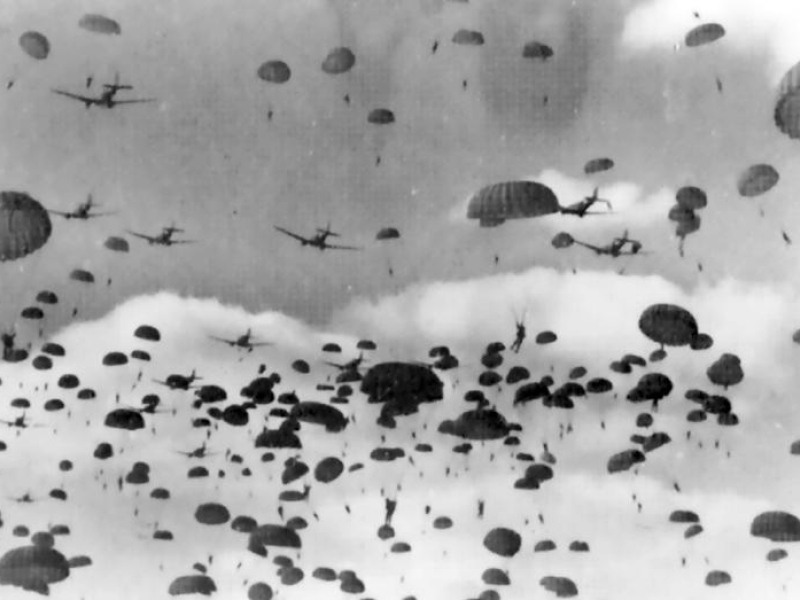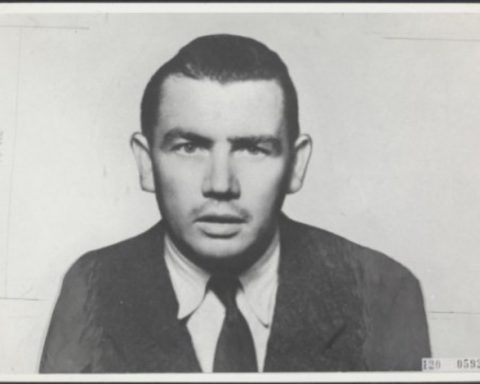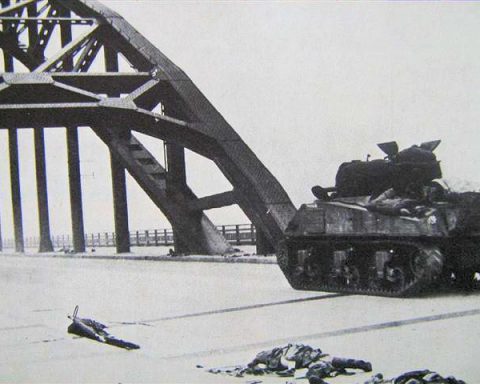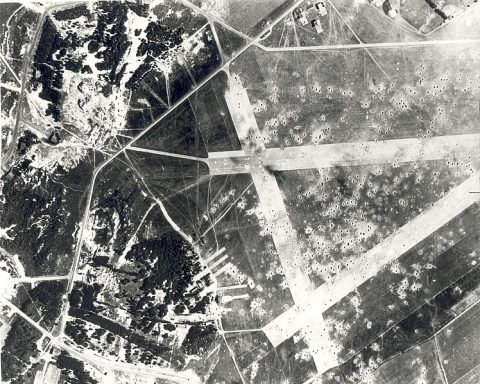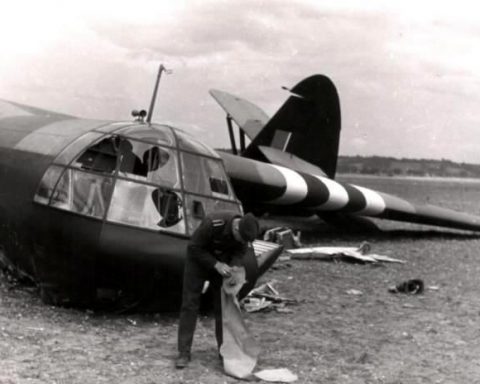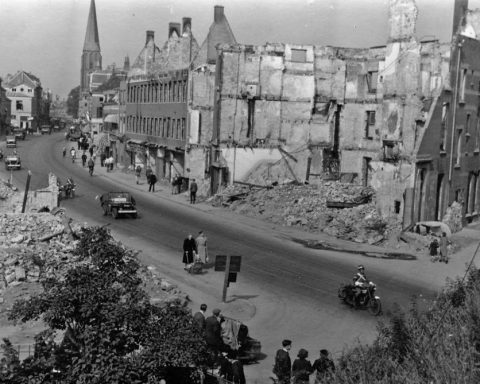There are still many myths circulating about the Battle of Arnhem for so many decades afterwards. One of those myths is that Operation Market Garden aimed to liberate (the north of) the Netherlands.
In reality, the liberation of the Netherlands played no role whatsoever in drawing up the plans for Market Garden. The British field marshal Bernard Montgomery’s airborne operation aimed to circumvent the dreaded German Siegfried Line and had nothing to do with the possible liberation of the Netherlands.
After the bridges at Arnhem over the Rhine and the bridge over the IJssel at Westervoort – just east of Arnhem – were secured by the British 1st Airborne Division, Montgomery wanted to turn right with the ground army at Arnhem to enter the Ruhr area. Then the road to Berlin was open and the war could be over before Christmas 1944.
That was the whole idea of Operation Market Garden.
The Siegfried Line, called ‘Westwall’ by the Germans, was an impressive line of defense that ran from the Swiss border in the south to the German city of Wesel in the north. Wesel is located east of Nijmegen. The defense line had a total length of more than 600 kilometers and consisted of a series of bunkers, concrete tank barriers, machine gun nests, barbed wire barriers and minefields.
In early September 1944, the Allied armies were against the Siegfried Line. The German troops that had withdrawn from France in the weeks before were in position behind the Siegfried Line. Waiting for the allied forces.
It would take the Allies a lot of effort and thousands of soldiers’ lives to create a breakthrough where the German defense was the strongest.
Bernard Montgomery came up with Operation Market Garden. A ‘carpet’ of three airborne divisions would occupy the bridges over the Maas, Waal, Rijn and IJssel, after which XXX Corps would advance north with tanks and trucks to relieve the paratroopers.
In the overly optimistic planning of the planners, the first tanks would reach Arnhem two days after the start of the operation on Tuesday, September 19, 1944. Without stopping, the Allied army would then move into the Ruhr from Arnhem, without being affected by the defenses of the Siegfried Line.
Didn’t the liberation of the Netherlands play any role? Not even after Market Garden was successful? Well no. Not really.
The only concrete plan for combat actions north of the Rhine in the Netherlands immediately after the end of Operation Market Garden was the capture of Deelen airfield on the north side of Arnhem. Deelen airfield played an important role in the air defense of Germany during the Second World War. Deelen was one of the largest airfields in Europe.
This airfield would be used by the Allies after the conquest to send fuel, supplies and reinforcements to the Allied army from Great Britain.
After the successful end of Operation Market Garden, the Allied tanks would also penetrate to the IJsselmeer. This in itself had nothing to do with the liberation of the Netherlands, but mainly served to cut off the remnants of the German 15th army. The 15th army, 75,000 strong, was located in Zeeland and Noord Brabant at the time of Operation Market Garden.
As is known, Operation Market Garden ended in defeat for the Allies. The British and Americans had to devise a different route to invade Germany. Finally, in February 1945, a forceps movement was chosen in which the British troops led by Montgomery eventually entered Germany via Wesel.
From the south, it was US General Omar Bradley who advanced east. Both operations cost about 23,000 casualties on the Allied side. The Germans lost 40,000 men. 50,000 German soldiers were taken prisoner of war.
After the collapse of the German front, the Allies decided on April 12, 1945 to liberate the Netherlands through Operation Anger.

